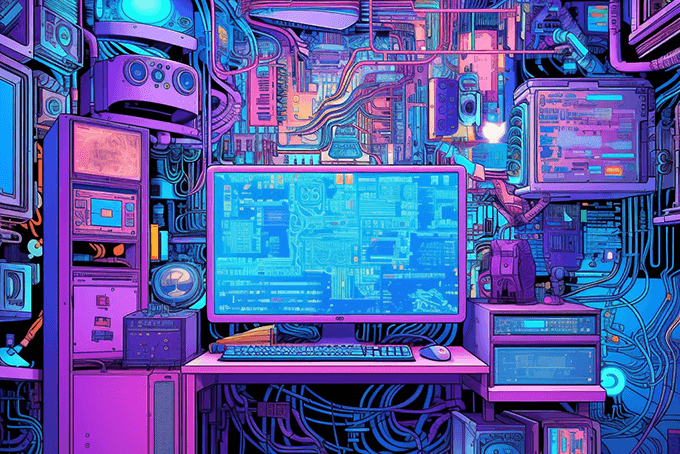Definition
Instructional technology is just what it sounds like: using computers, CD-ROMs, interactive media, modems, satellites, teleconferencing, and other technological means to support learning.
Discussion
Some educators believe the use of interactive, computer-based technology is crucial to improving classroom learning. These educators contend that advanced technology will fundamentally change the learning process and structure. Other educators believe technology is merely a tool that has minimal impact on the quality of learning.
How Instructional Technology Affects Learning
Curriculum–Advanced technology has the potential to significantly expand the breadth and depth of the curriculum. With the Internet, for example, students can access information far beyond the scope of their traditional textbooks. Curricula can be individualized and adapted to students’ specific learning styles. Instructional technology has the power to enhance overall knowledge accumulation, instead of just focusing on content mastery.
Instruction–Advanced technology could significantly affect the role of teachers, as well as the structure of schools and classrooms. The use of instructional technology changes the teacher’s role from expert to facilitator or coach. Plus, instruction is no longer limited to the school building or classroom. For example, students can take courses from a global satellite feed or on the Internet. Learning can take place at home, at work, or anywhere else that has the capacity for a television, phone, or computer.
Assessment–Instructional technology will focus more and more on building feedback loops directly into the learning process. Students can obtain frequent and accurate feedback, make corrections to their work, and structure learning experiences around their individual needs. Assessment can be monitored by offsite instructors, plus it can be ongoing and cumulative.
Reading
Lewis J. Perelman, School’s Out.



